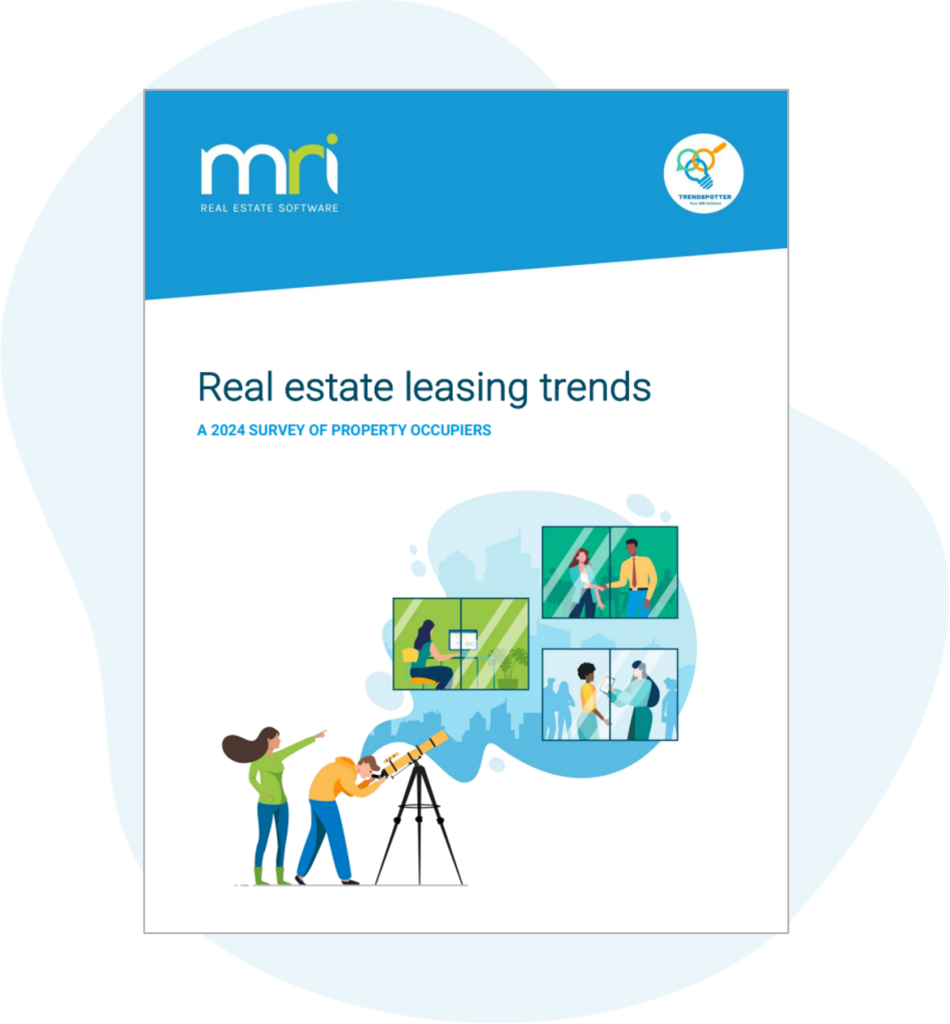Reporting, dashboards and analytics, oh my!
Like the best authors who create pictures and stoke our emotions with the turn of a phrase, the best data can show us how the fabric of business is woven together. Using the entry points of reporting, dashboards, and analytics, real estate professionals can view the data in a way that suits their needs and helps them better understand the story their raw metrics are telling.
In The Wizard of Oz, Dorothy, Scarecrow and Tin Man consider the obstacles that they will face on their journey and soon recite the famous line, “Lions and Tigers and Bears, Oh My!” in unison at an escalating pitch. The audience is captivated by the rhythm of the phrase and instantly identifies with their plight, a plight based on the uncertainty of what they will face along the way.
Modern real estate professionals often face similar uncertainty as they attempt to extract information from the mountain of data that their businesses create. Questions about data abound as teams consider the accuracy of their data, how best to organize and extract it, and if it delivers the information the business needs to make crucial decisions. Often times, it can feel like there is a “man behind the curtain” operating with smoke and mirrors.
But reporting, dashboards, and analytics can help solve your data problems!
If we consider the way in which the information will be consumed and the objective of the recipient, it is much easier to organize the information using three basic approaches: Reporting, Dashboards and Analytics or Business Intelligence. Each provides a specific entry into the data and enables the producer to tell the data’s story in a relevant and personalized way.
Reporting: How can it track performance?
Reports are grids full of raw metrics that are produced by extracting data from across your business.
At a basic level, data must be extracted from wherever it is maintained in a format that can be easily consumed by the audience, or to whom it is distributed. Over time, standardized reports have developed the present information that is generally agreed upon by industry professionals. These reports include commonly used financial statements, variance reports and rent rolls.
Practitioners become adept at identifying critical information in these reports that are generally produced on a regular cadence. Reporting will sometimes contain commentary, but typically, this information is presented without commentary or context and it’s left to the recipient to apply a lens of experience to use the information in these reports to drive action. Other ad hoc reports are also generated to identify additional critical or unique metrics within an organization.
The danger here is that these reports often stray from their original scope and become a “data roster” of sorts, without the personalization or context needed to effectively deliver actionable information. Well-thought-out reporting is an exercise in extracting relevant information to track performance so that productive business decisions can be made.
Dashboards: How are they different from reports?
In contrast to standard reporting, dashboards offer users the opportunity to focus on selected key performance indicators (KPIs) that drive a business and represent them in a graphical or visual format.
The visual approach to presenting information gives the user “at-a-glance” access to the information so that they are quickly able to focus on patterns or changes over time as well as outlying data points. Dashboards are often customized by role, ensuring that the business drives that impact that role are captured and presented for that user.
If there are specifics that merit deeper discovery, the user can drill into the data from the dashboard and gain insight into that KPI, insight that will enable that person to take action to impact that business driver positively.
Analytics: What separates them from reporting and dashboards?
Analytics (aka data visualization) is one of the hottest topics across a variety of industries today. As evidenced by Salesforce’s recent acquisition of Tableau Software, the need for companies to “see and understand their data” is critical in today’s hyper-competitive environment.
A data visualization tool enables users to flex their data and evaluate it from a variety of perspectives. With the ability to quickly identify trends in large amounts of data or overlay one data set over another, it is this dynamic interaction with data that uncovers trends or even relationships between seemingly disparate data sets. With the ability to explore the data and arrive at a data-driven conclusion, this business intelligence approach improves the speed and accuracy of business decisions that can impact an entire portfolio.
Today’s decision makers need the most accurate and relevant information possible, and they need it delivered in a personalized fashion to drive the business forward. With the volume of data that businesses are collecting today, these professionals need a variety of tools to extract the information, insights and intelligence they need. When harnessed properly, these tools provide the shortest distance between the data and the decision.
To learn how you can make better use of business intelligence for your organization, watch our webinar about self-service analytics.
CoreNet 2024 Global Leasing Trends Report
MRI Software partnered with CoreNet Global to uncover 2024 real estate occupier leasing trends and provide critical insights to guide you through the current and future state of CRE leasing. Building on previous surveys, the report analyses data from…
